LACONIA — With inflation, electricity prices, and needed infrastructure repairs driving up wastewater costs, the Laconia City Council is weighing a proposed increase to sewer rates that could see resident bills more than double in the next five years.
The potential increase is to cover the rising costs of operation and maintenance to both the city sewer system and the Winnipesaukee River Basin Program, as well as costs associated with capital improvements to city systems.
The proposed rate bumps, at between 14% and 21% in each of the next five years, were tabled by the council at its Dec. 12 meeting. The average city user, consuming 98 gallons per day, currently pays $429 annually in fees. With the potential increase, that would jump to $588 by 2024 and $910 by 2027, according to a study commissioned by the city.
When the potential new rate was presented at that meeting by Public Works Director Wes Anderson, councilors were apprehensive about the high sticker price for taxpayers and seemed intent to find another way to cover those costs. Specifically, Ward 3 Councilor Henry Lipman said capital improvements shouldn’t be funded by current users but spread over time onto subsequent users.
“Why should current rate payers pay 100% of the costs for a pipe that’s going to last for 50 years or for a pumping station rebuild that will outlast them?” Lipman said.
Anderson emphasized that much of the increases, especially those associated with the WRBP, are due to rising operations and maintenance costs.
“We have cost increases we have to pay,” Anderson said. The same electricity prices that are burdening taxpayers also impact city sewer systems, and the city has no control over the WRBP budget, he said. The alternative to a rate increase is to dip into the city’s general fund, Anderson said.
The city previously approved rate increases in 2013 and 2018 of three years each.
The WRBP, founded in 1972 as part of the Clean Water Act, is a state-owned regional sewer system serving Center Harbor, Moultonborough, Gilford, Meredith, Laconia, Belmont, Sanbornton, Northfield, Tilton and Franklin, who send sewage to its water treatment plant. Each of its member communities are billed for a proportion of its budget based on their share of usage.
Laconia, as the largest member, is responsible for about 50% of the program’s budget. While the city's municipal sewer system itself is larger than the entire WRBP system, the city does not have its own treatment plant and uses that of the program, located in Franklin.
The WRBP is increasing its fees by 26% in the 2024 fiscal year, according to a presentation given by Dr. Sharon McMillin, environmental program administrator for WRBP. Its budget will jump from $5.9 million in 2023 to $7.1 million in 2024. Around 75% of the WRBP budget and the majority of its budget increases are related to operations and maintenance costs, according to McMillin’s presentation.
“Around 30-35% of that increase is just in electricity, fuel, biosolids and chemicals,” McMillin said. Another main need driving the fee jump is the need to replace key components of its equipment.
“The facilities are going on 40-plus years,” McMillin said. “Staff has been great about trying to repair, keep things up to operating condition without having to do wholesale replacements,” but “putting Band-Aids on that equipment is costing us more money in emergency response and downtime repairs than replacing the equipment.”
Operation and maintenance expenses are also spiked by misuse of sewer disposal that necessitates costly repairs, McMillin said. The WRBP removed a 60-foot-long “wipe worm” — where disinfectant and sanitary wipes marketed as flushable, which became increasingly popular during the pandemic, create fibrous buildup and blockages in pipes — this past year. WRBP has even found two-by-fours and cinder blocks in its sewers, McMillin said.
The consequences of the sewer system not being able to adequately maintain and replace its infrastructure is future breaks and leaks, which are both financially and environmentally expensive.
Councilors unanimously agreed to table to issue and gather more information about other potential funding options.
“The presentation we had from the WRBP convinced me that they are good stewards on behalf of the system,” Lipman said. “The issue is how we pay for it as a city. I’m not proposing anything tonight other than that ... we should look for an alternative” source of funding.
“Nobody sitting here doesn’t understand that we need to repair these things. I think what we’re trying to say is, ‘Let’s spread the pain out as much as we can,'” Ward 1 Councilor Bruce Cheney agreed. “Hopefully... we can defer this instead of a sudden increase.”
The city is currently workshopping potential alternatives to the proposed rate increase ahead of its next meeting Tuesday, Dec. 27.






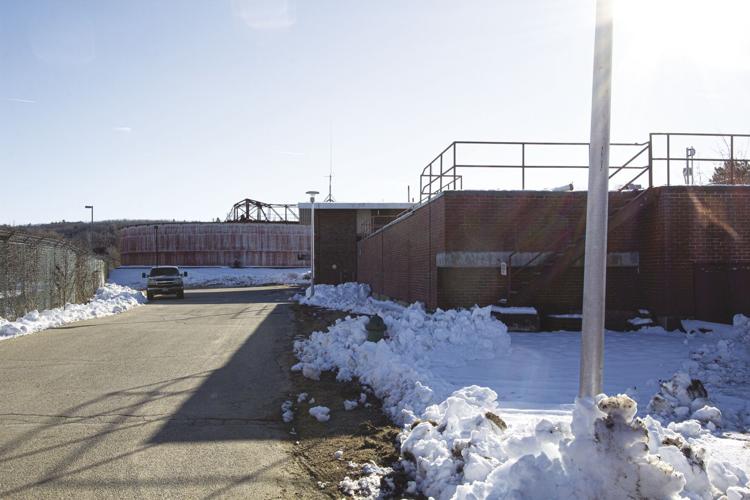
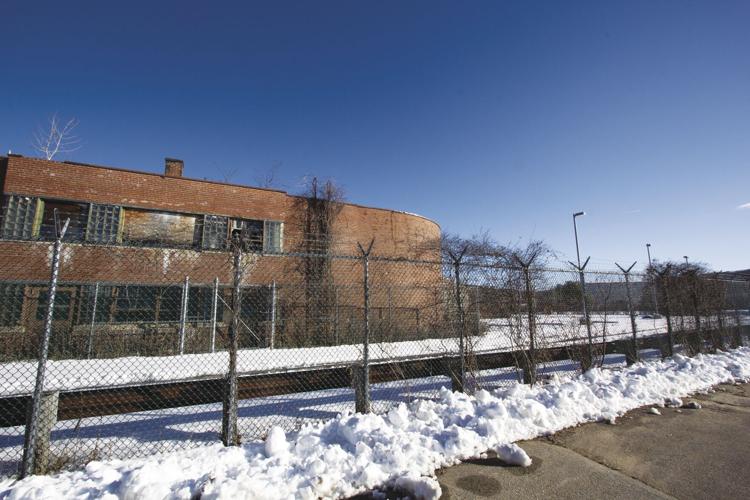

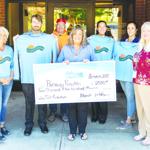



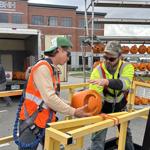




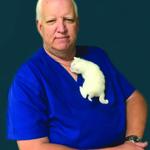
(1) comment
Hi I have lived in the lakes region my whole life and I do appreciate the system EPA set in place with the state and growing up the lake is cleaner but over the years we I have watched the state run this facility to the ground. The towns need to stand up and more involvement with infrastructure improvements as this involves their own towns individually. If the towns do not run their own facility they will need to work together. Thank you for WMUR for publishing articles and really had me look into some of these issues. Without publishing an article...for now. I have some quick points of the WRBP published within the last few years.
."The two-phase energy retrofit project will help lead to 27% reduction in electric use and lower energy costs at the facility"
."EST was contracted to perform flow monitoring at locations though the collection system. This program is part of WRBP’s effort to update flow-based cost recovery plans for operations, target the removal of inflow/infiltration, and assist with capital project planning and wastewater flow management." "“The advisory board has worked on a flow-based proposal for rates,” he continued. “That project was begun in 2010 and is still not completed — the data has not been collected fully and analyzed.”
."$189,100 ARPA Grant The funds will be used to make improvements to the aeration process"
."Plant Water System saves more than 50,000 kilowatt hours per year; resulting in more than $70,000/year energy savings from the UV/Plant Water upgrade project."
.Energy Efficiency Upgrades Phase 2 will receive 100% ARPA funding up to $250K.
“It appears that the strategy is ‘run to failure.’” from article in 2019 WMUR
I researched to find out the WRBP has spent hundreds of thousands if not more money on asset management software but it appears that this has been useless if the infrastructure is still this unmaintained. No advisory board minutes published anymore and now price increases. Despite all the applause for cost cutting, energy savings, UV, LED, Generators, Switchgear, and all things else mentioned. The residents still must pay the increase that is a result of lack of management and oversight from DOCTOR MCMILLIN and the STATE OF NH.
Welcome to the discussion.
Log In
Keep it Clean. Please avoid obscene, vulgar, lewd, racist or sexually-oriented language.
PLEASE TURN OFF YOUR CAPS LOCK.
Don't Threaten. Threats of harming another person will not be tolerated.
Be Truthful. Don't knowingly lie about anyone or anything.
Be Nice. No racism, sexism or any sort of -ism that is degrading to another person.
Be Proactive. Use the 'Report' link on each comment to let us know of abusive posts.
Share with Us. We'd love to hear eyewitness accounts, the history behind an article.